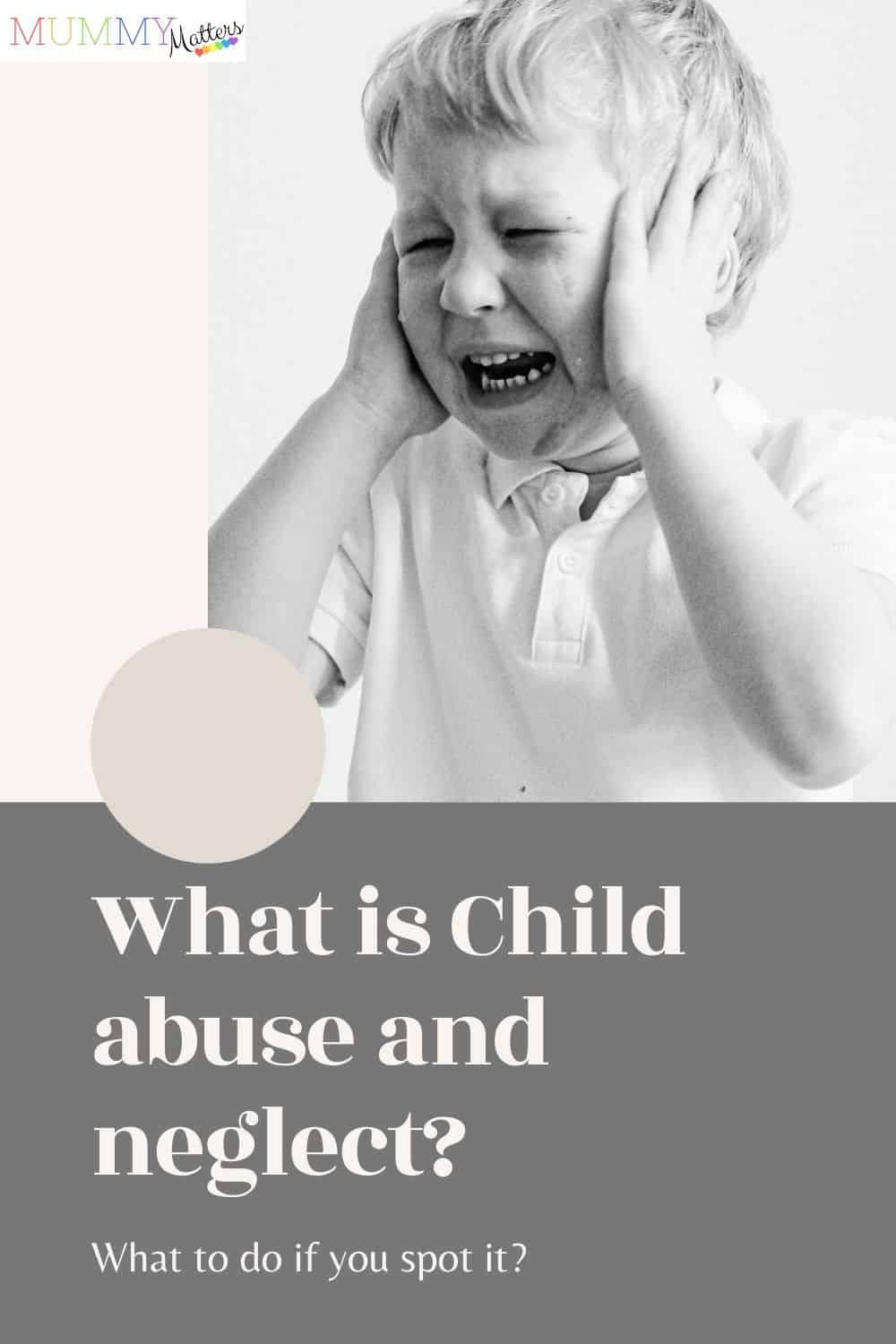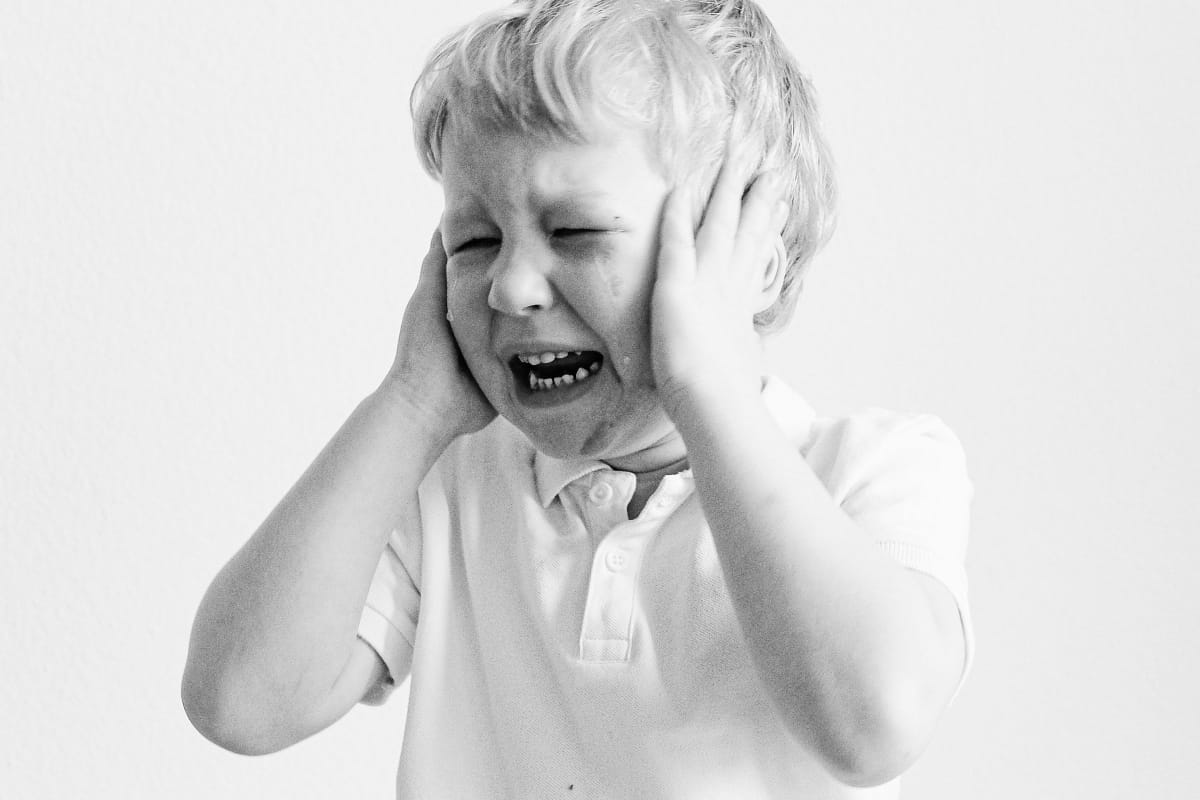Child abuse happens more often than we might think but is usually difficult to identify. So, to help you spot the signs, and save a child’s life along the way, read on…
Child abuse is something we all want to believe doesn’t happen but, unfortunately, it does, causing huge emotional and physical trauma. Most commonly, child abuse occurs within families, meaning that a parental responsibility order may have to be placed to secure the child’s protection.
Alternatively, it may come from outside the family and will require adults to get involved to spot the signs. Either way, these offences against children are diabolical and require legal action, whatever the circumstances.
That being said, these situations aren’t always easy to spot, which is where this article comes in. For an in-depth look at what constitutes child abuse, and how to spot the signs so you can bring the offenders to justice, you came to the right place…
What is Child Abuse?
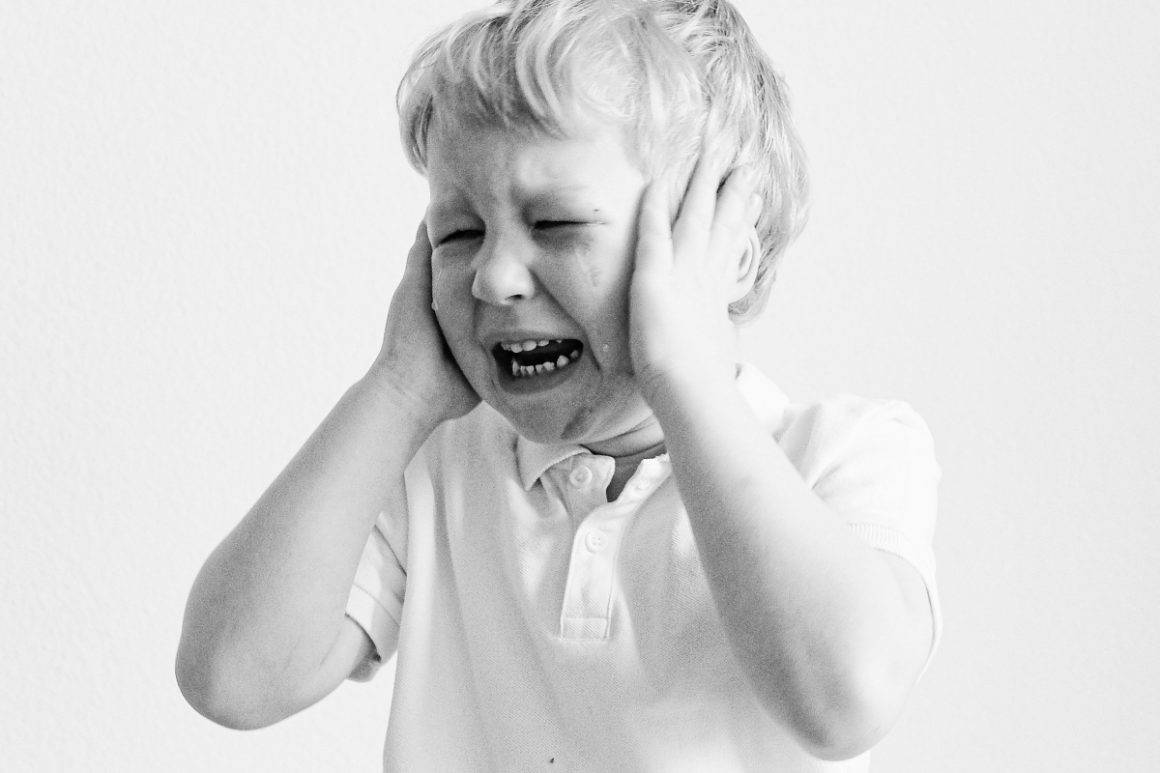
Child abuse is when a child is physically or mentally harmed by an adult or another child. These issues can have extreme physical and mental consequences, which are likely to scar the child for life. By finding a protective order attorney, it is possible to prevent the harmful behaviour from occurring again. This is why it’s so important to know what you’re looking for, and they’re a huge array of types of child abuse to look out for…
Types of Child Abuse to Look Out For
There are quite a large number of actions which fall under the category of child abuse, affecting the child both mentally and physically. For a deeper insight into the myriad of ways a child can be abused and neglected, here are the four types of abuse, and what actions fall under them:
Physical Abuse
Physical abuse is the stereotypical type we all envisage when we imagine “abuse”. This is when the abuser physically harms the other person, punching them and throwing them around to cause cuts, bruises, broken bones, and sometimes even hospitalising or killing them.
Physical abuse isn’t just limited to beatings, though, and could also involve drowning, scalding, suffocating, poisoning, or fabricating symptoms to induce detrimental medical care.
Female genital mutilation (FGM) is also a common form of physical abuse within more cultural settings. However, that does not mean that the UK doesn’t see these types of abuse. In fact, it’s estimated that around 140,000 women in the UK are affected by FGM.
Sexual Abuse
Sexual abuse can range from forcing a child into sexual acts within the home, by family members and friends, and occurs to 1 in 20 UK children. It can also include sexual exploitation, for example, sex trafficking, wherein the child is forced into performing sexual acts with people, often strangers, for money.
Mental Abuse
Mental abuse is now becoming more and more recognised as a type of abuse. It’s defined as the act of subjecting an individual to psychological trauma, which may lead to depression, stress, anxiety, and more. This can be characterised by a lot of different actions, but some of the most common acts of a mental abuser might include:
- Making the victim feel guilty for doing or not doing certain things;
- Blackmailing the victim into doing certain things;
- Humiliating the individual in front of people;
- Having derogatory pet names for the victim;
- Calling them names, insulting them, and belittling them, which makes them feel worthless;
- Yelling and screaming at them;
- Patronising them;
- Making jokes that aren’t really funny;
- Dismissing the victim;
- Monitoring their activity, on their phone and in daily life;
- Threatening them;
- Controlling their finances;
- Manipulating them;
- Dehumanising them;
- Shutting them off from socialising;
- And turning them out onto the streets.
Child Neglect
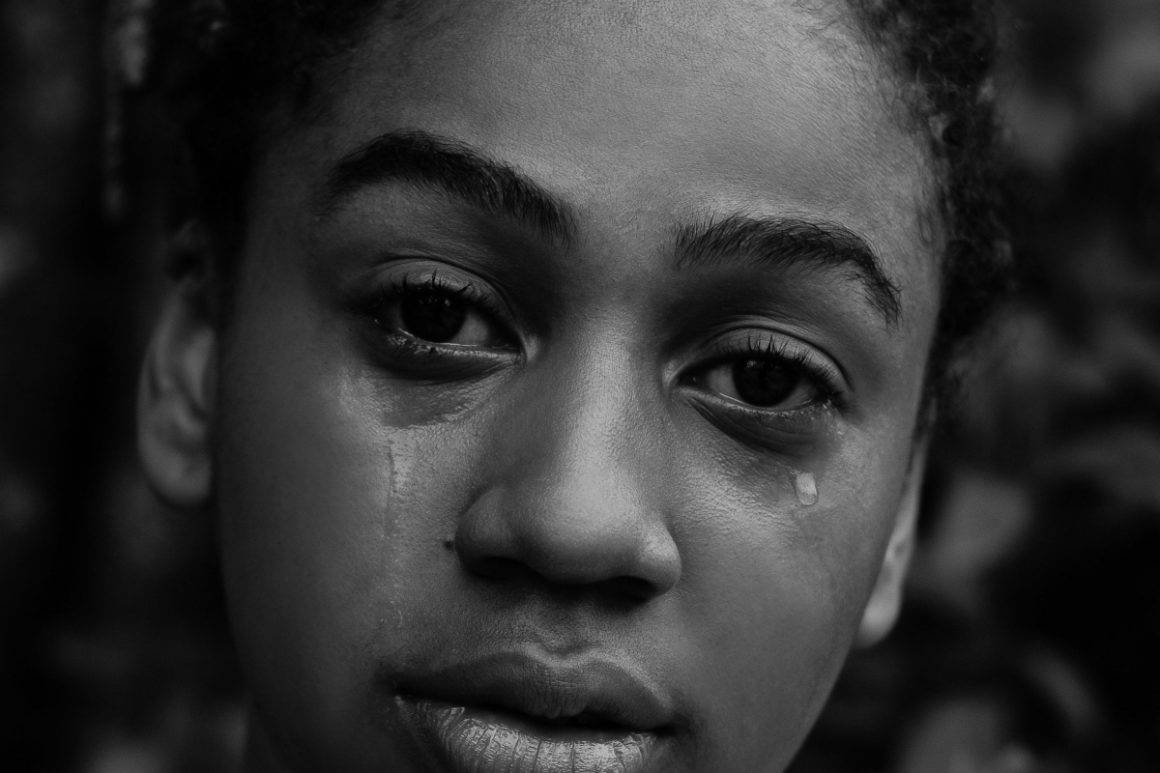
Although many people associate child abuse with beatings, this isn’t always the case. Some children are left to fend for themselves, be it sourcing and cooking their own food, taking themselves to school, and more. This inability to provide for the child, and the lack of love and attention, is a recognised form of abuse and is perhaps one of the easiest to spot.
In many cases, the children are unable to fend for themselves in this way, due to a lack of money, transportation, and independence. Because of this, children who are neglected will often not attend school, have poor hygiene, and may have to starve.
What Are the Signs of Child Abuse?
Depending on the type of abuse, there will be different signs in a child, however, some of the most common and obvious signs of abuse may include:
- Changes in behaviour which can’t be explained
- Personality changes, for example, uncharacteristic aggressiveness or quietness
- Anxiety
- Skittishness
- Lacking social skills
- Minimal friends
- Withdrawing from people
- Wearing baggy clothes which cover the body
- Knowledge of issues way above their age group
- Running away
- Going missing
Although these are some common signs of child abuse, many children will not openly express themselves in these ways if they’re suffering from abuse. This means that you may have to look closer and dig deeper if you want to know the truth. So, here’s a deep dive into how each element of abuse may impact the child, and show up in their lives…
Signs of Physical Abuse
Physical abuse can sometimes be difficult to spot, especially as children are prone to accidents, scrapes, and falls. So, cuts and bruises are inevitable, and it may be tricky to suss out whether these are a cause for concern. So, how can you identify the cuts and bruises that are a bit more sinister?
The placement of the scrapes might be worth noting; if they’re on common areas where you would fall, like the elbows and knees, this is pretty normal. However, if there are bruises in more sensitive areas of the body, this could be a sign. Some of these softer areas might include the abdomen, face, upper or lower arms, or back.
Signs of Sexual Abuse
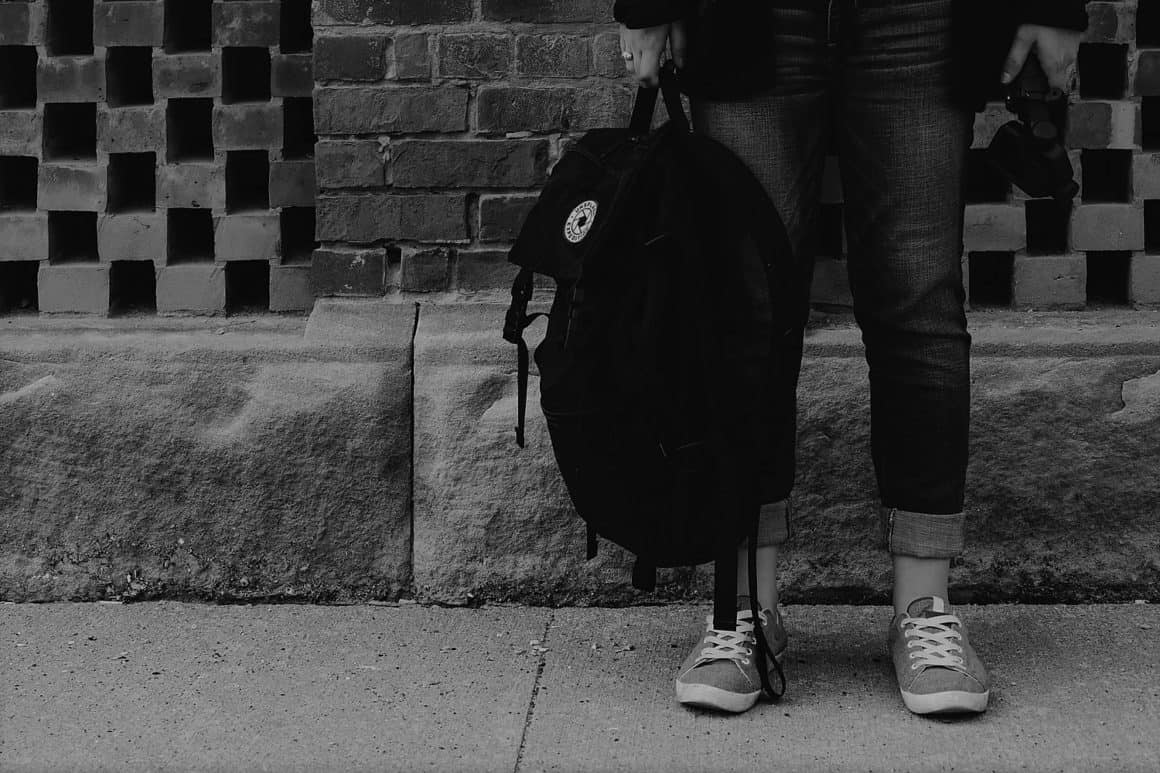
Sexual abuse is extremely tricky to spot, especially considering there are usually no physical signs of this sort of abuse. This is because the attacker will likely not want to leave any evidence of their actions, so physical signs are unlikely. What’s more, many children may not be able to vocalise what has happened to them, due to a lack of maturity and understanding of the situation.
That said, sexual abuse is sure to emotionally scar the victim, and this may show up in their actions and behaviour. Being withdrawn, clingy, and aggressive might be signs of something going on. What’s more, if the child starts to wet the bed suddenly, have nightmares, or has trouble sleeping, this may also indicate something deeper.
The child may also avoid the abuser outright, or drop verbal hints which provide subtle signs. They may also lose focus in school, causing their grades to noticeably plummet. In more severe cases, the child may experience pain in the genitals, have an STI, or get pregnant, but these are much clearer signs.
Signs of Mental Abuse
Again, mental abuse is very difficult to spot, especially considering no physical marks on the body will be left. A child who is emotionally abused may exhibit some of the signs detailed above, particularly the behavioural and emotional changes. However, some more symptoms could include stunted mental development and a lack of social skills. It could also show if the child doesn’t attend school, clubs, or their usual social activities.
Signs of Child Neglect
A child who is neglected will most likely display this outwardly, most noticeably in their physical appearance and hygiene. Of course, young children don’t quite know how to take care of themselves yet, so a child who looks scruffy, unkempt, and has poor hygiene could need some help.
A neglected child is likely to show this neglect in their mental abilities, as it can impair a child’s cognitive development. What’s more, a neglected child may also be extremely hungry and could try and steal other children’s food. This may show outwardly; perhaps their clothes are extremely baggy, and they appear underweight all the time.
What to Do if You Suspect Child Abuse
If you think a child you know is being abused, it’s of great importance that the issue is noted and quashed straight away. So, now you know the signs of child abuse, and you think you might be able to recognise them, what happens if you think you’ve seen it in action?
Firstly, you should start by talking to the child; you never know, they may be eager to get it off their chest, and you can take further action there and then. Alternatively, and especially if the child isn’t forthcoming with their answer, keeping a diary might be a good idea. This way, you can keep a note of any strange goings-on and marks on the child’s body, keeping a record for later use.
Talking to other adults in the child’s life might also be worthwhile. For example, their school teacher, doctor, or a family friend may have noticed similar issues too. This way, you’ll have more people on your side to help you get to the bottom of it all.
Finally, and something which should be done if the situation seems serious and detrimental is to get in touch with the professionals. There are a number of charitable organisations specifically laid out for this exact reason; they’re there even if you just simply suspect something. The NSPCC is one of your best options, so you can give them a call, and they will take it from there.
Let’s Stop Child Abuse, Together!
Now we know how to spot the signs of child abuse, we can be prepared to help any children who can’t help themselves. If you’ve learnt something from this post, or have any stories to tell along this theme, be sure to leave a comment down below. Let’s educate one another so we can be the best allies for the children in our lives, quashing any child abuse around us.
